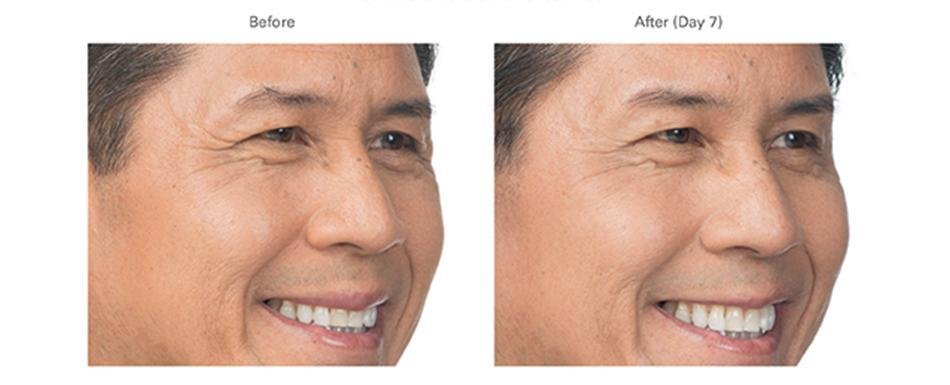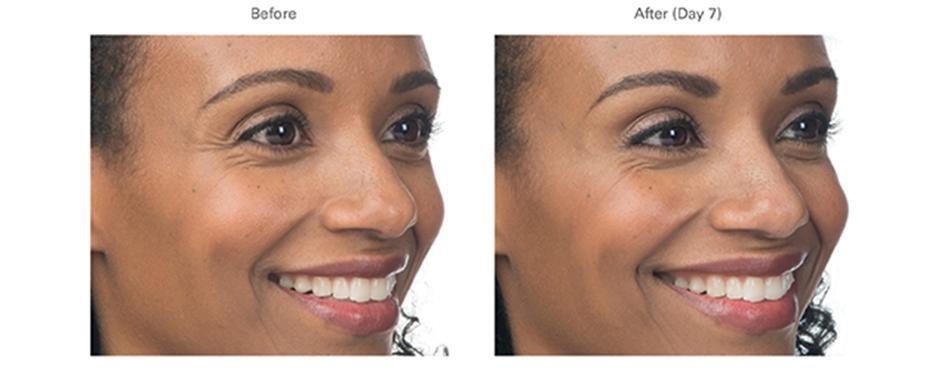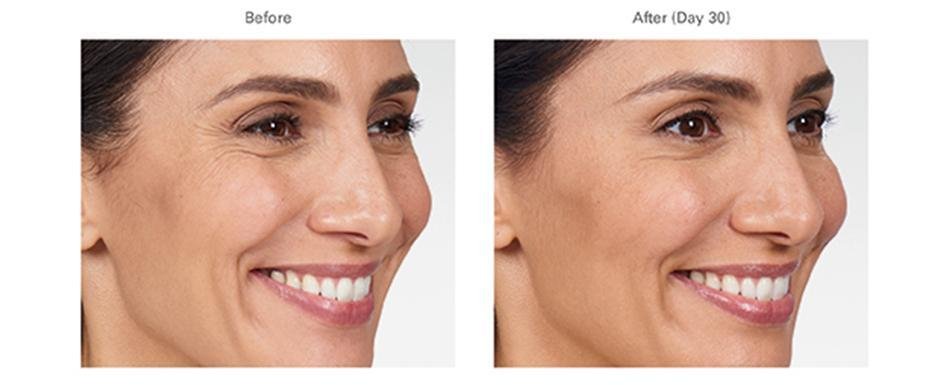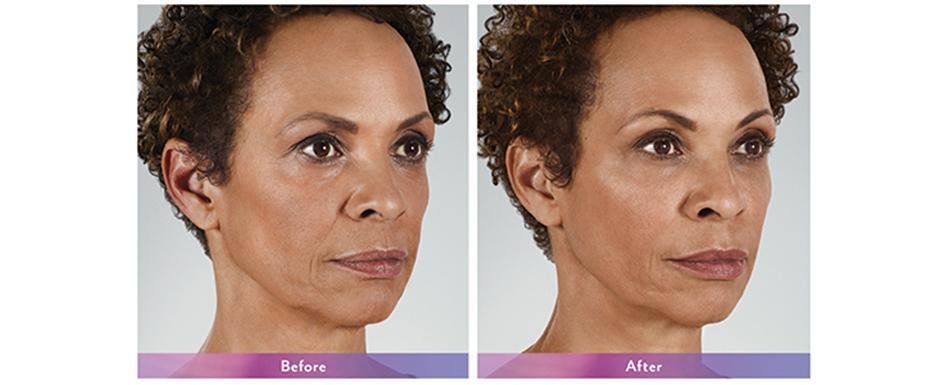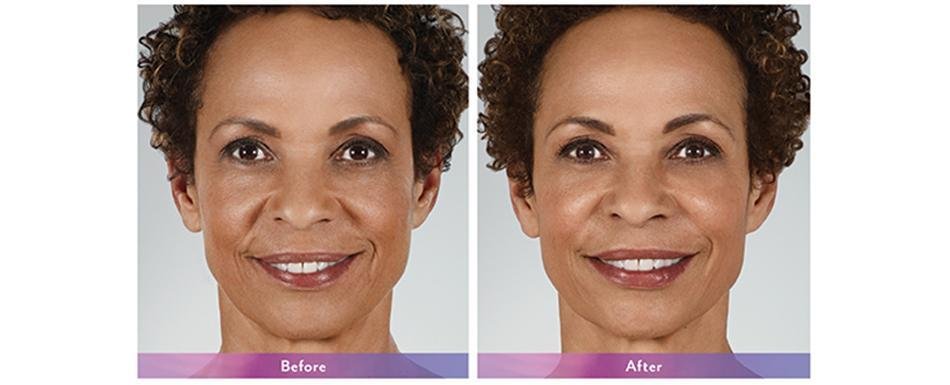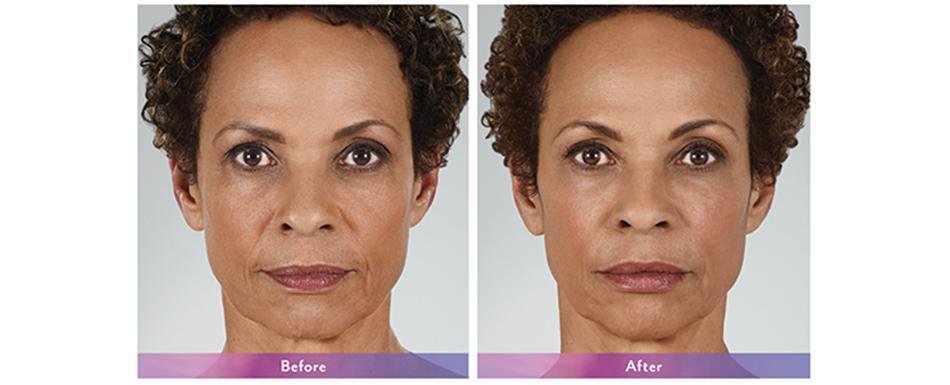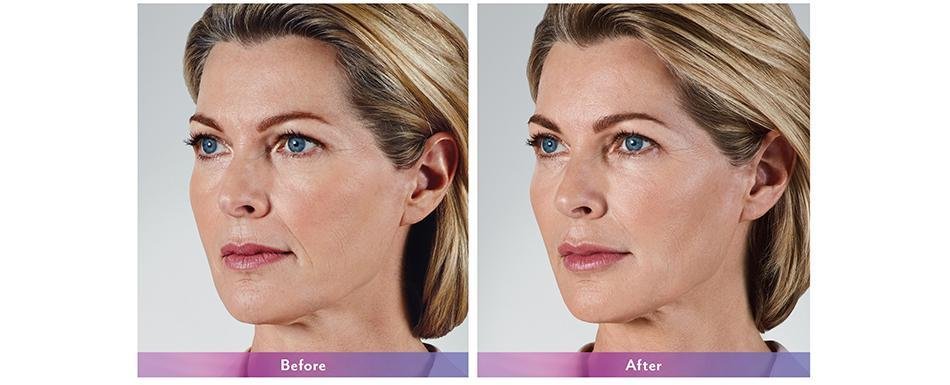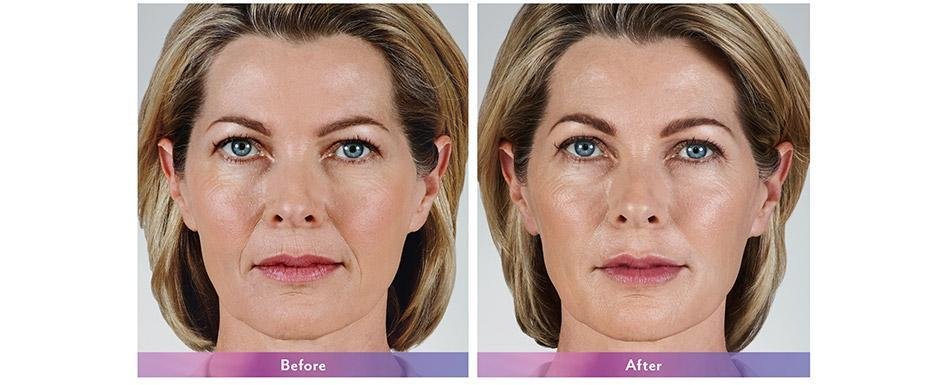
Neurotoxins and Fillers
Neurotoxins, commonly referred to by the brand name Botox® (but also including Jeuveau and Dysport) and cosmetic fillers (such as Restylane, RHA Collection, Juvederm and Voluma) are simple and extremely popular treatments that refresh your appearance. Dr. Yalowitz and Dr. Lederhandler are skilled dermatologists, each with an eye toward producing the most esthetically pleasing yet natural-looking results for their patients.
-
No. While both can be used to treat wrinkles and lines, Botox and cosmetic fillers work in different ways to treat various signs of aging.
Fillers treat “static” wrinkles, lines, and creases that form as a result of sun damage, skin laxity, gravity, and general wear and tear that occurs as you age. They stimulate the production of collagen and hyaluronic acid, which naturally improve the appearance of your skin and reduce the signs of aging.
Botox treats dynamic wrinkles — lines and creases that form when you make specific facial motions. Botox is primarily used to treat wrinkles at the corners of the eyes (crow's feet), on the forehead, and between the eyebrows, but it’s also effective in treating some lines that form around the mouth, most often as a result of smoking.
-
Botox is a neuromuscular agent, a special type of toxin that blocks the signals that travel between the nerves and certain muscles of the face.
When you make an expression, these nerve signals cause the muscles to contract, forming lines in the skin that deepen as you get older. Botox blocks those signals, so muscles like those around the eyes and forehead don't contract, and lines can relax and become less noticeable.
-
Fillers and Botox are injected into your skin using very fine needles during sessions that usually take just a few minutes to complete. You may have some minor discomfort or redness at the injection sites afterward, just as you would with any other type of injection, but the effects quickly go away on their own.
Avoid rubbing the treatment area for several hours after the procedure to prevent the material from moving outside the treated area.
-
Most people tolerate the injection of Botox and fillers quite well. The needles are so fine that the pricks feel just like a small pinch. If you’re concerned about discomfort, please let the office know so that we can discuss topical numbing with your Physician prior to your visit.
If you’re interested in Botox or cosmetic fillers, call Larchmont Dermatology or book an initial consultation online.

